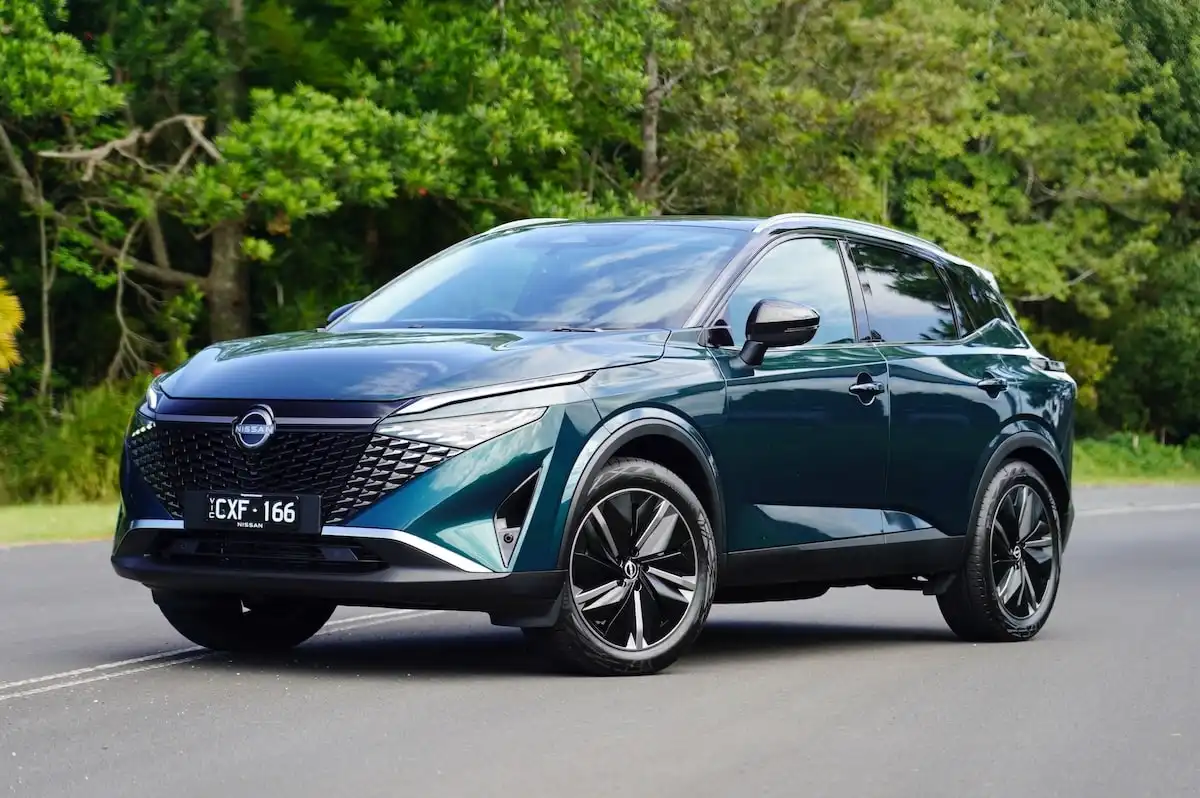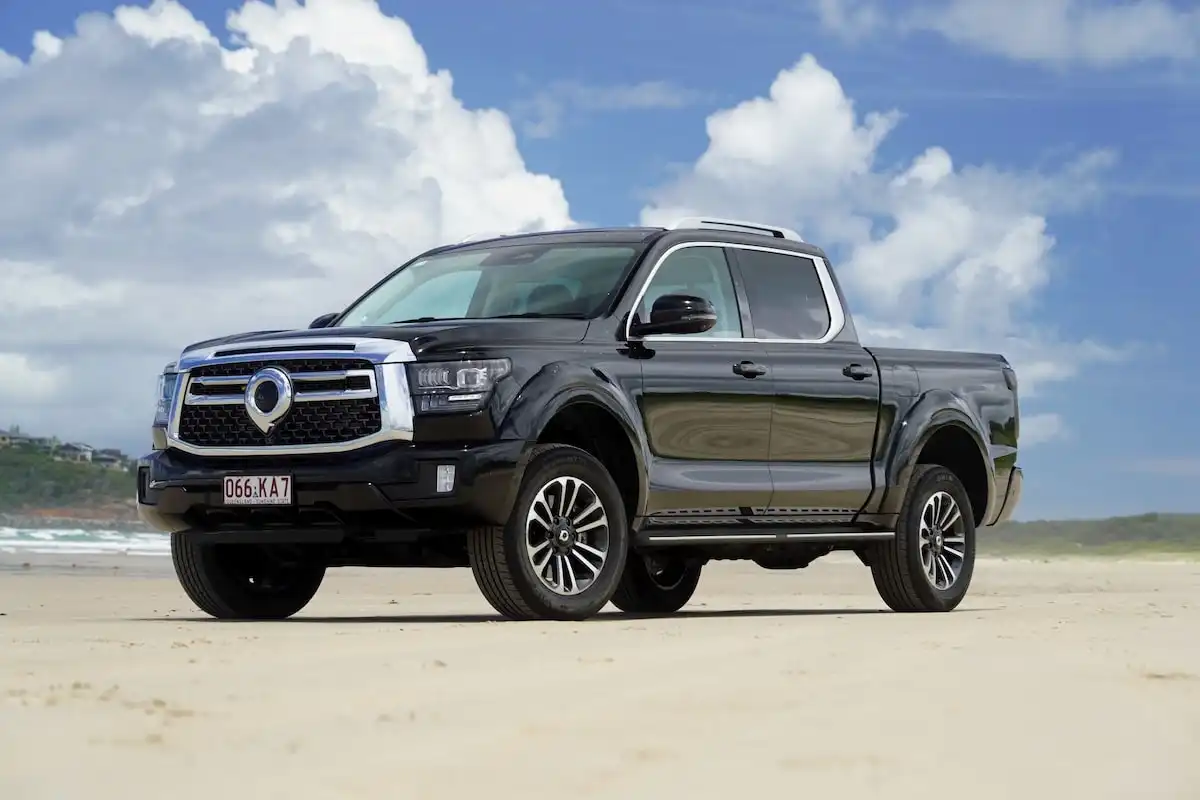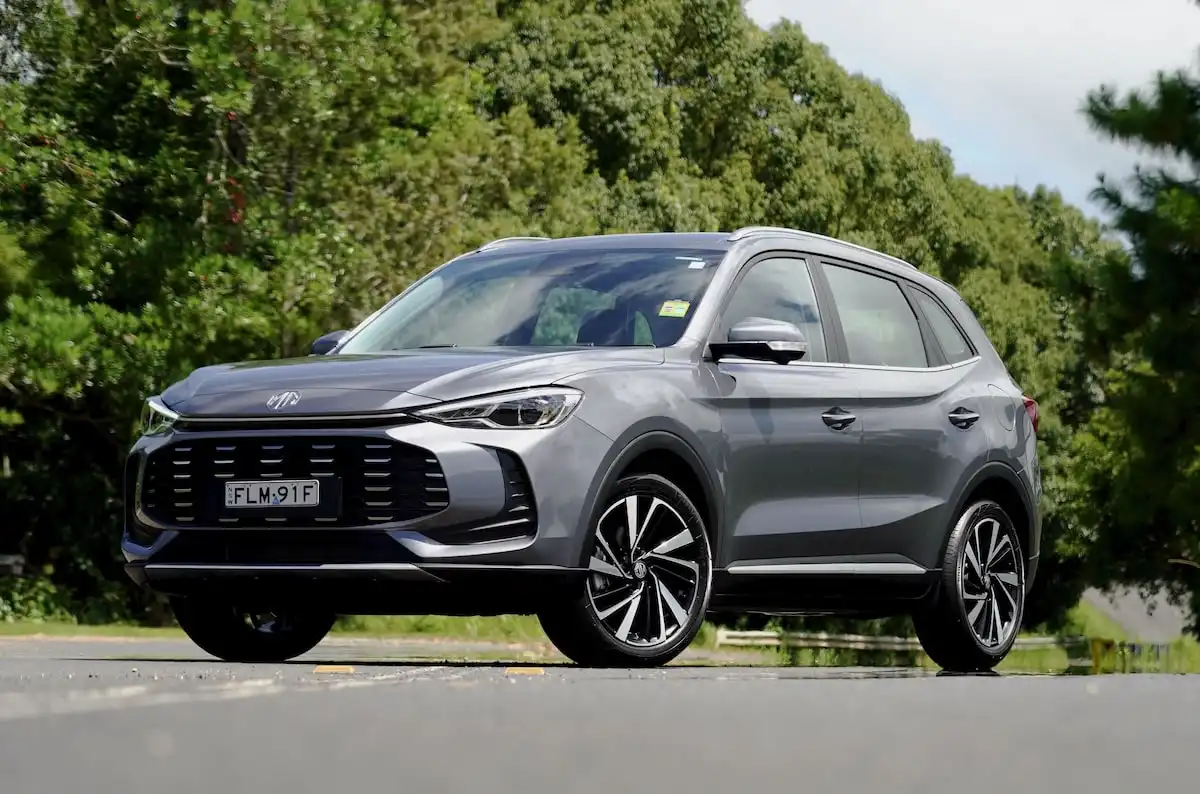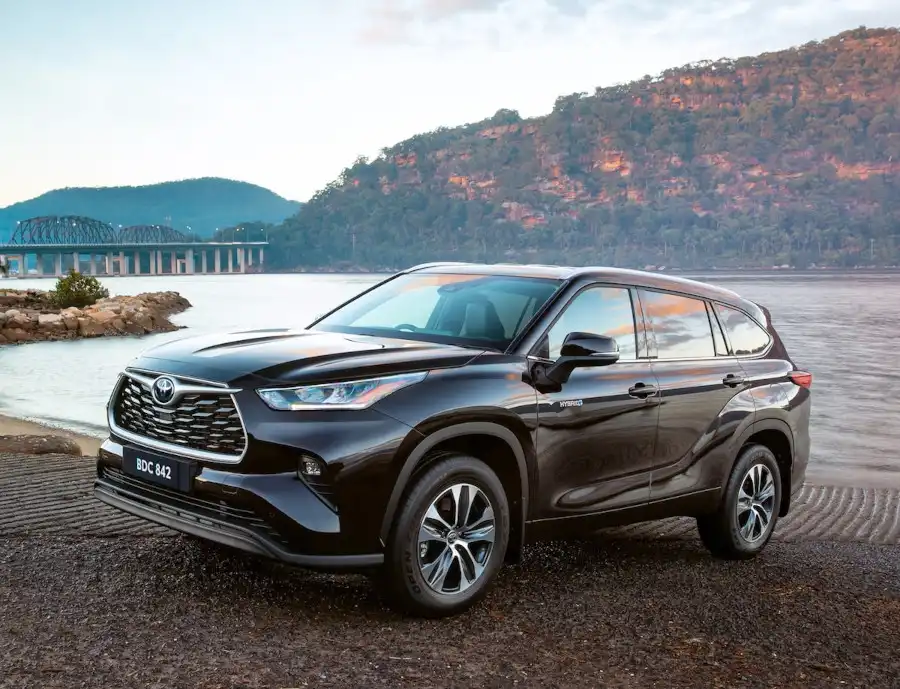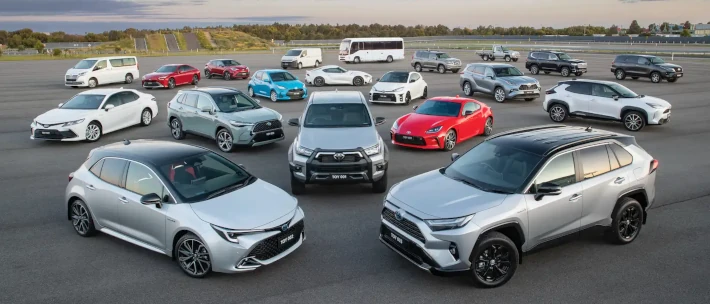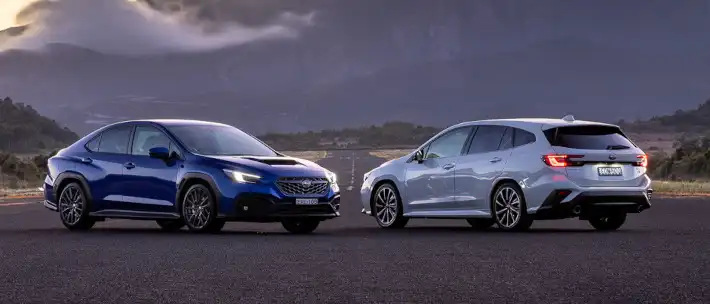The Kona’s is remarkably simple, providing buyers with a stylish, compact SUV that is easy to drive around the city and a pleasure to take away for a weekend’s adventures in an affordable package. If we fast-forward to 2021, though, Hyundai has increased the price for the Kona, with the entry-level model now $2,300 more expensive and other models rising, too.
With this in mind, are the price increases justified, and just how well suited is the Kona to your lifestyle and needs from a compact SUV? Let’s find out.
Starting Price: $26,600
OnlineAuto Savings: Enquire now
Hyundai Kona - ACTIVE (FWD) Specifications
| Model Date | 2021 |
| Make | HYUNDAI |
| Model | KONA |
| Series | OS.V4 MY21 |
| Variant | ACTIVE (FWD) |
| Body | 4D WAGON |
| Fuel type | UNLEADED PETROL |
| Transmission | CONTINUOUS VARIABLE |
| Drive | FWD |
| Engine | MPFI |
| Engine capacity | 1999 |
| Engine configuration | VARIABLE DOUBLE OVERHEAD CAM / 16 valves |
| Engine RPM | 6200 / 4500 |
| Cylinders | 4 |
| Torque | 180 |
| KW | 110 |
| Fuel tank size | 50.0 |
| Fuel usage specs | 6.2 / 0.0 |
| CO2 | 148 |
| ANCAP security rating | 5 |
For more details and other variants, check Hyundai Kona car page.
Need help narrowing down your choices?
Get in touch with one of our Car Buying Specialists today
Request a quoteHow Much Does It Cost?
The Hyundai Kona lineup kicks off at $26,660 for the entry-level 2.0, while the Active 2.0 and Elite 2.0 bring the price to $28,200 and $31,600 respectively. Stepping up to the Kona N Line 1.6T brings the price tag to $36,300, while the Kona Highlander 2.0 is priced from $38,000. Finally, Hyundai’s range-topping Kona comes in the form of the N Line Premium 1.6T, which is priced from $42,400. Keep in mind that these prices do not include on-road costs.
How Much Can OnlineAuto Save You?
Using OnlineAuto, Australia’s leading car broker service, you could save by letting one of our car specialists to help you find the best value model for you.
What Features Does the Hyundai Kona Have?
The entry-level Kona 2.0 comes fitted with a set of 16-inch alloys, LED daytime running lamps, automatic headlights, an 8.0-inch infotainment system with Android Auto and Apple CarPlay, Qi wireless smartphone charging, six-speaker sound system, air conditioning, adaptive cruise control system, tyre pressure monitoring, reversing camera and a 4.2-inch digital instrument cluster that displays trip information and economy figures.
Moving to the Kona 2.0 Active adds a set of 17-inch alloys, as well as a number of interior improvements like leather upholstery, a leather steering wheel and gear lever, power-folding mirrors, rear parking sensors, rear privacy glass and fold-down armrest in the rear of the cabin. The 2.0 Elite Kona variant adds a larger 10.25-inch infotainment system with DAB+ radio and satellite navigation, climate control, fog lights, automatic wipers, keyless entry and start, upgraded Harman Kardon sound system, as well as some safety features like blind-spot detection and rear cross-traffic alerts.
Moving to the Kona Highlander variant adds a set of LED head and tail lights, a 10.25-inch digital driving display, panoramic sunroof, 18-inch alloys, heads-up display, front parking sensors, 10-way adjustable seats with lumbar support, ambient lighting, heated and ventilated seats, heated rear seats and a heated steering wheel.
Finally, Hyundai’s flagship Kona, the N Line Premium gets a more powerful 1.6-litre turbocharged engine, multi-link sports suspension for the rear wheels, all-wheel drive system, as well as receiving the same features as the Highlander, with a two-tone roof replacing the sunroof.
Range Features:
-
16-inch alloys
-
8.0-inch infotainment system
-
Reversing camera
-
Adaptive cruise control
-
LED daytime running lamps
-
10.25-inch infotainment system (Elite & above)
-
LED head and tail lights (Highlander)
-
10.25-inch digital driver’s display (Highlander)
-
Multi-link rear suspension (N Line Premium)
Hyundai Kona Colours
| Dive in Jeju | Surfy Blue |
| Phantom Black | Dark Night |
| Ignite Flame | Pulse Red |
| Atlas White |
Is it Comfortable to Drive?
The Hyundai Kona is a great little car to drive. It’s a user-friendly compact SUV that gives the driver and front passenger the benefits of added ride height without driving a car that is too big to drive effortlessly. This means that the Kona is the perfect car to accompany you to work and is perfectly suited to new drivers, especially when you factor in all the safety gear that Hyundai throws in. In terms of moving in tight spaces, the Kona is perfectly suited to car parks thanks to a tight turning circle, and is super simple to park thanks to its shorter wheelbase and petite proportions.
The best cars make driving feel like a simple, effortless activity, and we can report that the Kona has been designed to an extremely high level in this regard, made better by the fact that Hyundai tunes its suspension for Australian roads. This means that the Kona feels every bit at home on the rough, undulated surfaces of a country B-road as it does on the smooth, sealed tarmac of the city.
Keep in mind that Hyundai offers two engines in the Kona, a 2.0-litre petrol and a smaller but more powerful 1.6-litre turbocharged petrol engine, the latter of which is significantly better to drive. The 1.6-litre turbo also receives a seven-speed dual-clutch transmission, which makes short work of gear shifts and makes them significantly smoother than the standard automatic fitted to entry-level models.
Is it Practical and Spacious?
The problem facing a lot of compact SUVs is that they offer more style over substance when it comes to practicality, and to some extent, the Kona is guilty of this, too. The front of the cabin is extremely well packaged, comfortable and spacious, but the same cannot be said about the rear of the cabin where extra passengers will be seated. If you have children that are soon to become teenagers, you’ll find that their legs are too long for the limited amount of space in the rear of the Kona’s cabin, which means the car isn’t particularly suited to families with taller children. Speaking of which, ISOFIX anchor points and top tether mounts are easy to find, although the process can be a bit of a chore in the cramped rear end of the cabin.
The Kona is more suited to young adults and couples looking to escape for the weekend rather than taking a car-load of kids to school or sports practice. For those weekend trips away, though, you’re actually treated to a pretty impressive boot, with 374L of cargo storage on offer in the Kona. This extends to 1156L with the rear seats folded down, which can actually accommodate large objects like surfboards with one of the seats folded down. In this respect, the Kona is an extremely practical car if you’re dealing with one or two people, but when you factor in people in the rear seats, it’s a far less practical offering than perhaps Hyundai itself suggests.
Is it Safe?
The Hyundai Kona has been awarded ANCAP’s maximum five star safety rating, scoring a 35.08 out of a possible 37. To make things even better, Hyundai throws in a heap of safety equipment on even the base Kona, including adaptive cruise control, autonomous emergency braking with cyclist and pedestrian detection and lane-keep assist.
Is it Fuel Efficient?
The Hyundai Kona is a fairly economical car, offering combined cycle figures of 6.2L per 100km in the entry-level model and 6.9L per 100km in the 1.6-litre turbo variant. These figures are very much on par for the compact SUV segment, with real-world driving resulting in fuel economy sitting around 7.5L per 100km in the city and around 6.2L per 100km on the highway. Overall, the Kona doesn’t let the pack in terms of economy, but it’s not out-done by its competition, either.
Our Verdict: Is the Hyundai Kona Worth it?
The Hyundai Kona is a great little car, so long as your lifestyle can accommodate some sacrifices, namely a lack of space in the rear of the cabin. While the Kona redeems itself with a larger than average amount of boot space, you should keep the lack of legroom for rear passengers in mind when deciding on the Kona. It’s worth pointing out that this is a problem with a number of compact SUVs, so if you’re in the market for something with more space in the rear, have a look at Hyundai’s larger SUVs, or even the i30 hatch or sedan which offer a lot more comfort for rear passengers. With that in mind, if you’re in the market for a new car, you can get a free quote and see how much OnlineAuto can save you on your next car, or call us on 1300 719 925
Five Specs You Need to Know
-
Two engine options (2.0-litre petrol & 1.6-litre turbo-petrol)
-
Five-year, unlimited KM warranty with capped-price servicing
-
Economy figures between 6.2L per 100km and 6.9L per 100km
-
374L of boot space
-
Multi-link sport suspension available in N Line variant
Pros
-
Comfortable in town & competent on B-roads
-
Kona has stacks of personality & features
-
Large boot for a compact SUV
Cons
-
Cramped rear seats
-
Kona prices are consistently creeping up
-
Key safety features reserved for more expensive variants
Hyundai Kona Competition
Hyundai Kona |
VS |
Mazda CX-3 |
| Honda HR-V | ||
| Suzuki Jimny | ||
| Hyundai Nexo |

